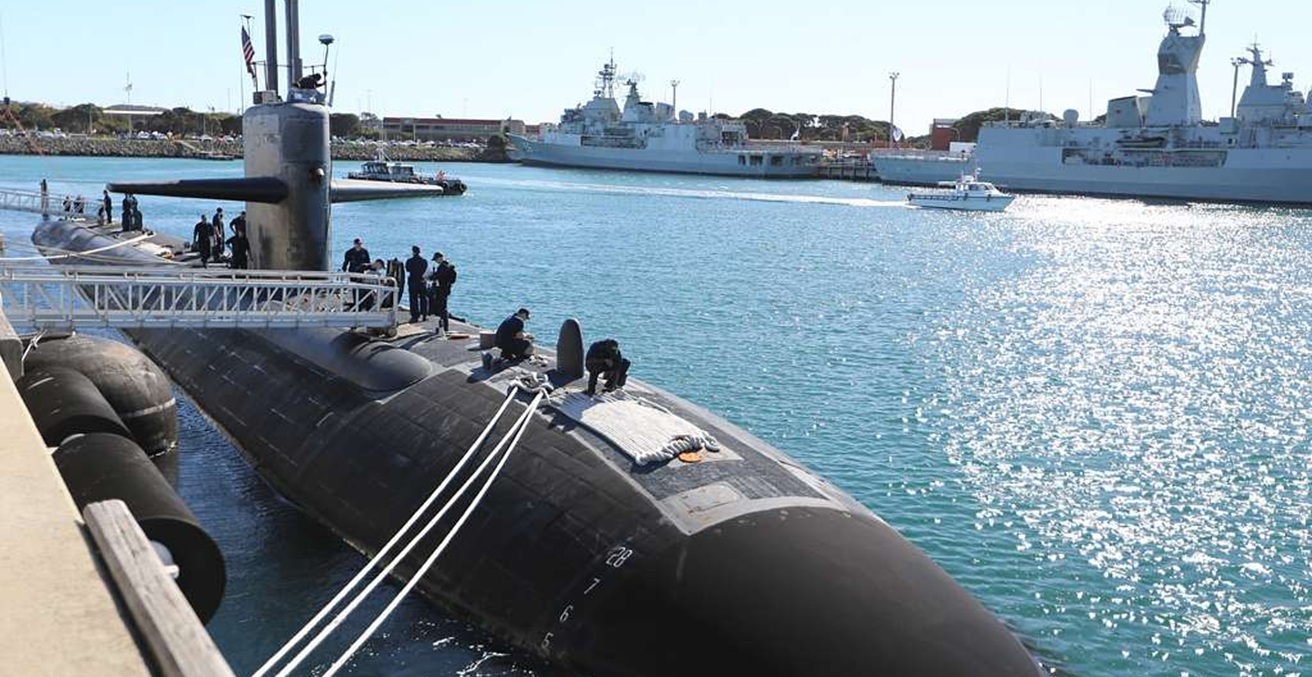In spite of Australia emphasising its need to engage with the Asia Pacific, its digital engagement with ASEAN should be addressed, as it could develop e-commerce potential.
The digital barrier
The failure to efficiently digitalise trade have continued to limit the potential it could have. ASEAN (Association of Southeast Asian Nations) is hurtling towards an exciting digital future. Southeast Asia is the fastest-growing internet market in the world, with a forecasted 480 million users by 2020. Its e-commerce rate is increasing even faster than China alongside technology start ups being increasingly prevalent in Indonesia to Singapore. Indonesia, for example, has set a plan to create 1000 high tech start ups by 2020 with a value of up to US $10 billion.
Despite this economic potential, there remains significant scope for improvement. Some ASEAN nations have digitally advanced faster than others. Myanmar, for example, has dramatically improved its internet usage through smartphones, but service providers restrict what sites can be used. The Philippines continues to struggle with overly expensive data. Rural towns in Indonesia still have scarce internet infrastructure, low penetration rates and slow internet speeds.
Australia’s trading system is also inefficient through failure to digitalise its systems. As seen in the World Bank’s “Trading Across Borders” ranking, Australia sits at 95th — sliding down from an original 34th spot in 2011. Despite being the “lucky country,” action must be taken to ensure this luck does not run out.
How can Australia contribute to ASEAN’s digital future?
Australia can improve its trade through assisting the digitalisation of ASEAN by improving infrastructure and security. There is a significant “digital chasm” between developed and developing countries in ASEAN, particularly due to a lack of physical and regulatory infrastructure, policies, consumer behaviour and availability of skilled talent. Australia should redirect foreign aid to nations like Laos, Philippines and Myanmar to strengthen and build such infrastructure. Common problems facing these nations include high price for internet use or limitation of internet usage. By establishing digital infrastructure projects and advising on improving current digital systems, Australia can unlock the e-commerce market in the region. This could include transitioning developing ASEAN nations to using digital banking or streamlining a single digital payment platform. All of these would increase the penetration of e-commerce within ASEAN countries lacking digital infrastructure.
A potential way to do this is a joint venture between an Australian and ASEAN based service provider, such as Telstra’s successful joint venture deal with the Indonesian company Telkom. Telstra found that the use of cloud-based architecture means network services can be built “dramatically quicker” and easily, which could be replicated in other nations. The government can therefore encourage this joint venture agreements between other ASEAN states and Australia. This would not only tap into the growing e-commerce trade but also embed Australia in ASEAN’s digital transformation.
Australia can also improve logistics infrastructure in ASEAN nations, which remains a barrier for e-commerce. South Korea has already made strides in its e-commerce field by developing “inner city logistics centres.” Rather than relying on obsolete bus terminals, these new hubs are specifically made for quick delivery e-commerce. This is located close to transportation infrastructure and is highly accessible. Australia can similarly fund projects in ASEAN that would improve the e-commerce supply chain such as, fast logistics centres over slow bus terminals. This would also assist Australia in identifying supply chain issues between Australia and ASEAN, improving the efficiency of the trade relationship.
A final element to this is improving the security of e-commerce as a whole. Australia’ strong security means it is well equipped to advise on authentication, data protection and privacy laws. Beyond advising on regulatory frameworks, which can encapsulate individual aspects of the trade process, a more holistic cybersecurity approach creates trust of e-commerce within shareholders and citizens. This will consequently boost sales for Australian online retailers and small and medium-sized enterprises (SMEs).
These are realistic, implementable steps – but there is also scope to think bigger. Last year PwC introduced a potentially revolutionary digital trade approach that Australia can use to streamline trade with ASEAN and other regions. At present, trade as a whole is inefficient. Information is locked in one element of the supply chain so it remains difficult to track containers from Point A to B, alongside a significant amount of red tape and documentation required.
A “Trade Communications System” is a proposed solution, an entirely online hub that not only tracks the progress of an item, but contains alerts as to any potential issues along the supply chain, is a place to upload and store documentation and generally streamline the trade process. It suggests up to $1 billion could be generated from this. This can re-establish Australia as a global leader in trade, improve the efficiency of trade systems through digital and can be used as a model in other ASEAN nations.
Ultimately, Australia must be prepared for the digital transformation in ASEAN. Australia has much to contribute, from physical infrastructure, to security advice to better digitalising our own trade system. More pressing than ever, now is the time for Australia’s digital roadmap to ASEAN.
Yasmin Poole is a Bachelor of Law/International Relations student at the ANU. She can be followed at twitter.com/yasmin_poole.
This article is published under a Creative Commons Licence and may be republished with attribution.




